The COVID-19 pandemic has brought unprecedented challenges across various sectors, and the Kansas City housing market is no exception. As the pandemic altered daily life, it also transformed the local real estate landscape, creating unique trends and shifts in buyer and seller behavior. This article explores the multifaceted impact of COVID-19 on the Kansas City housing market, examining how it has influenced inventory levels, mortgage rates, and overall housing demand.
Initial Effects of the Pandemic on the Housing Market
When COVID-19 hit in early 2020, the Kansas City housing market experienced immediate disruptions. Stay-at-home orders led to a significant decline in new listings, creating a notable inventory shortage that affected potential buyers. Real estate experts observed that many sellers hesitated to enter the market due to health and safety concerns, leading to a decrease in available homes. This scarcity of listings heightened competition among buyers, which, coupled with low mortgage rates, stimulated a surge in home prices, contrary to expectations during a pandemic.
The Kansas City Regional Association of Realtors (KCRAR) reported that the initial months of the pandemic saw a dramatic shift in buyer preferences. Many potential buyers sought homes with ample space for remote work and outdoor areas, highlighting a trend towards suburban living. As the unemployment rate soared, hitting 20 percent, the effects of COVID-19 were felt across all sectors, yet the housing market showed resilience. The Builders Association of Greater Kansas City noted that while construction slowed, demand remained steadfast, setting the stage for an evolving market.
Shifts in Buyer and Seller Behavior
As the pandemic progressed, the behavior of buyers and sellers in Kansas City began to change significantly. Virtual open houses became the norm, allowing potential buyers to view properties safely from their homes. This shift not only facilitated the buying process but also expanded the reach for sellers, who could showcase their homes to a broader audience. Real estate agents adapted by leveraging technology, making the home buying experience more accessible amid limitations imposed by the pandemic.
In response to the evolving landscape, sellers also adjusted their strategies. Many took advantage of the low interest rates offered by lenders, prompting them to refinance existing mortgages or consider moving up to larger homes that better suited their new lifestyles. The Kansas City real estate market continued to thrive, with home builders ramping up construction to meet the growing demand. As the market evolved, it became clear that both buyers and sellers were willing to navigate the uncertainties of the pandemic to achieve their real estate goals.
Long-term Implications for the Kansas City Housing Market
The long-term implications of the COVID-19 pandemic on the Kansas City housing market are still unfolding. While the initial shock caused disruptions, the resilience shown by the sector suggests potential for growth. The historic low interest rates set by the Federal Reserve have encouraged many to enter the market, driving home prices higher. As the pandemic has highlighted the importance of space and functionality in residential properties, future developments may increasingly cater to these needs.
Going forward, the Kansas City real estate market is expected to continue evolving in response to shifting buyer preferences and economic conditions. The effects of COVID-19 have instigated changes that could redefine the local housing landscape for years to come. Industry experts predict that the market will stabilize, yet remain competitive, as both buyers and sellers navigate the new normal shaped by the pandemic's impact on the economy and housing demand. Observations from the Builders Association of Greater Kansas City indicate a strong commitment to addressing housing needs, which will be crucial in a post-pandemic world.

